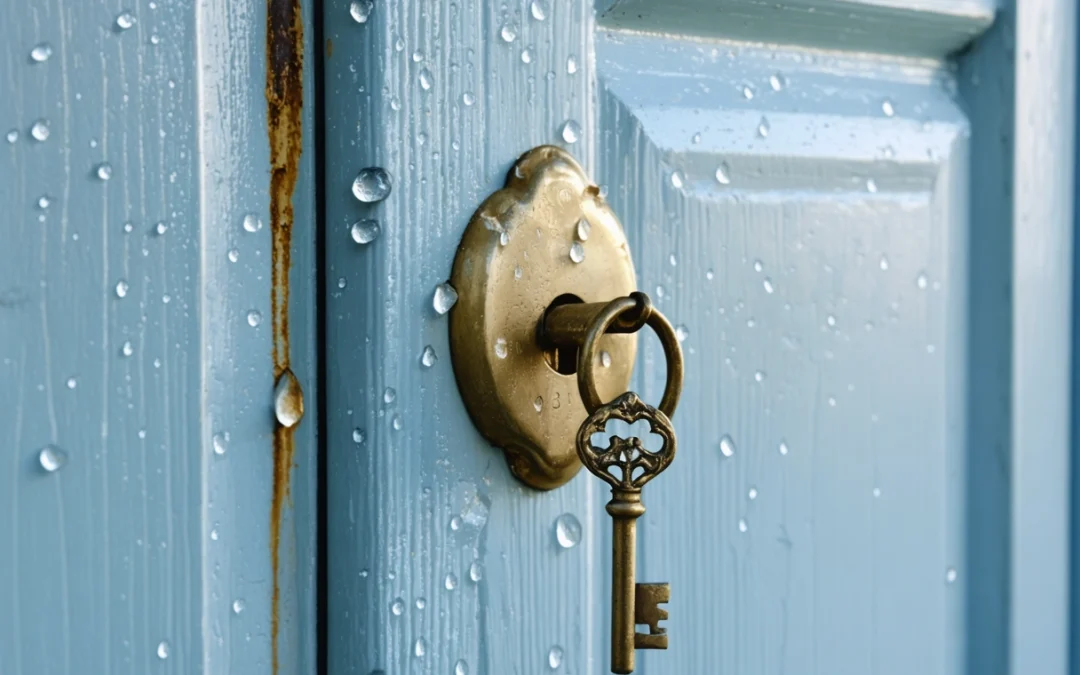An Essential Guide to Maintaining Your Home’s Locks and Keys in a Humid Environment
Humidity is a persistent adversary for homeowners, especially when it comes to the longevity and functionality of locks and keys. Whether you live by the coast or in a tropical climate, moisture in the air can wreak havoc on metal components, making proper lock and key maintenance a crucial part of safeguarding your property. This comprehensive guide will walk you through everything you need to know about maintaining your home’s locks and keys in a humid environment, ensuring security, ease of use, and lasting durability.
Why Humidity Threatens Lock Integrity
Humidity introduces excess moisture into the air, which inevitably finds its way onto and inside your home’s metal fixtures. Locks and keys, typically made from metals like brass, steel, or nickel, are particularly vulnerable. Over time, this moisture forms a thin film on metal surfaces that can promote oxidation, resulting in corrosion or rust. Rust not only weakens the metal but also causes locks to seize up or keys to become difficult to insert or turn.
In high-humidity zones, even locks inside the home, such as those on interior doors, cabinets, or storage areas, can suffer. The problem is exacerbated in older homes, where weatherproofing may be insufficient. Understanding how and why humidity causes these issues is the first step toward counteracting them and keeping your locks and keys in top working order.
The Science Behind Corrosion and Rust in Locks
Corrosion is a chemical reaction between metal and environmental elements such as oxygen and water. When water vapor from humid air settles on locks, it interacts with the metal’s surface. If the metal is iron or contains iron alloys, this process leads to the formation of iron oxide, or rust. Even metals that resist rusting, like brass or stainless steel, can corrode over time, especially if they are not properly maintained.
Humid environments also encourage the growth of mold and mildew, which can accumulate around lock mechanisms. This organic build-up can create sticky residues that further hinder smooth operation. For a more detailed explanation of how moisture affects metals, visit this informative resource on corrosion.
Recognizing Signs of Humidity Damage on Home Locks
Proactive homeowners know that early detection is the key to preventing major lock problems. Here are some common signs that your locks and keys may be suffering from humidity-related issues:
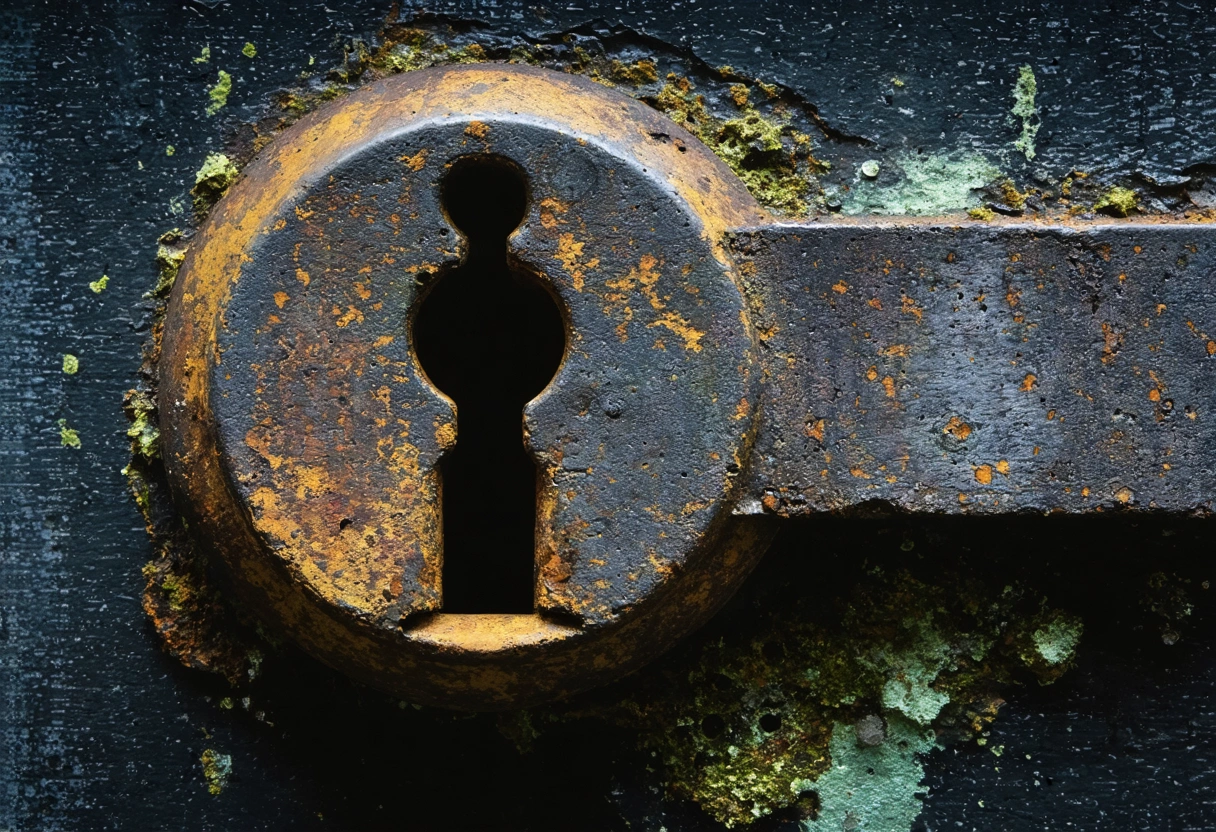
- Rusty or discolored exteriors: Visible reddish-brown or greenish patches on the lock or key are clear evidence of corrosion.
- Difficulty turning the key: If your key resists turning in the lock, or if it feels gritty or sticky, internal components may be corroded or dirty.
- Stiff or stuck locks: A lock that is hard to engage or disengage is likely suffering from internal rust or debris build-up.
- Unusual noises: Creaks, grinding, or squeaking sounds when operating the lock can indicate internal friction from corrosion or debris.
- Mold or mildew odors: A musty smell near the lock area signals possible fungal growth fostered by humidity.
Addressing these symptoms early can prevent the need for expensive repairs or replacements. Regular inspections, especially after periods of heavy rain or high humidity, are essential.
Preventive Maintenance Strategies for Locks and Keys
Consistent, proper maintenance is the most effective way to extend the life of your locks and keys in a humid environment. Below are actionable steps and best practices to keep your locking mechanisms operating smoothly year-round.
1. Regular Cleaning
Clean your locks and keys monthly using a soft, dry cloth to remove dust, residues, and any surface moisture. For exterior locks, avoid using water or harsh chemical cleaners, as these can introduce more moisture or cause damage to protective coatings.
For more stubborn grime or rust, a gentle application of isopropyl alcohol on a cloth can help dissolve residues. Always dry thoroughly after cleaning. For additional tips, refer to this expert guide on how to clean door locks and knobs.
2. Lubrication Is Key
Lock mechanisms require regular lubrication to move smoothly, especially in humid climates. Use a graphite-based lubricant or a dry Teflon spray, which are less likely to attract dust compared to oil-based products. Apply the lubricant to the keyhole and insert the key, turning it several times to distribute the product evenly inside the mechanism.
Avoid WD-40 or similar oil-based sprays, as they can eventually gum up the lock and attract dirt, potentially worsening the problem in humid settings.
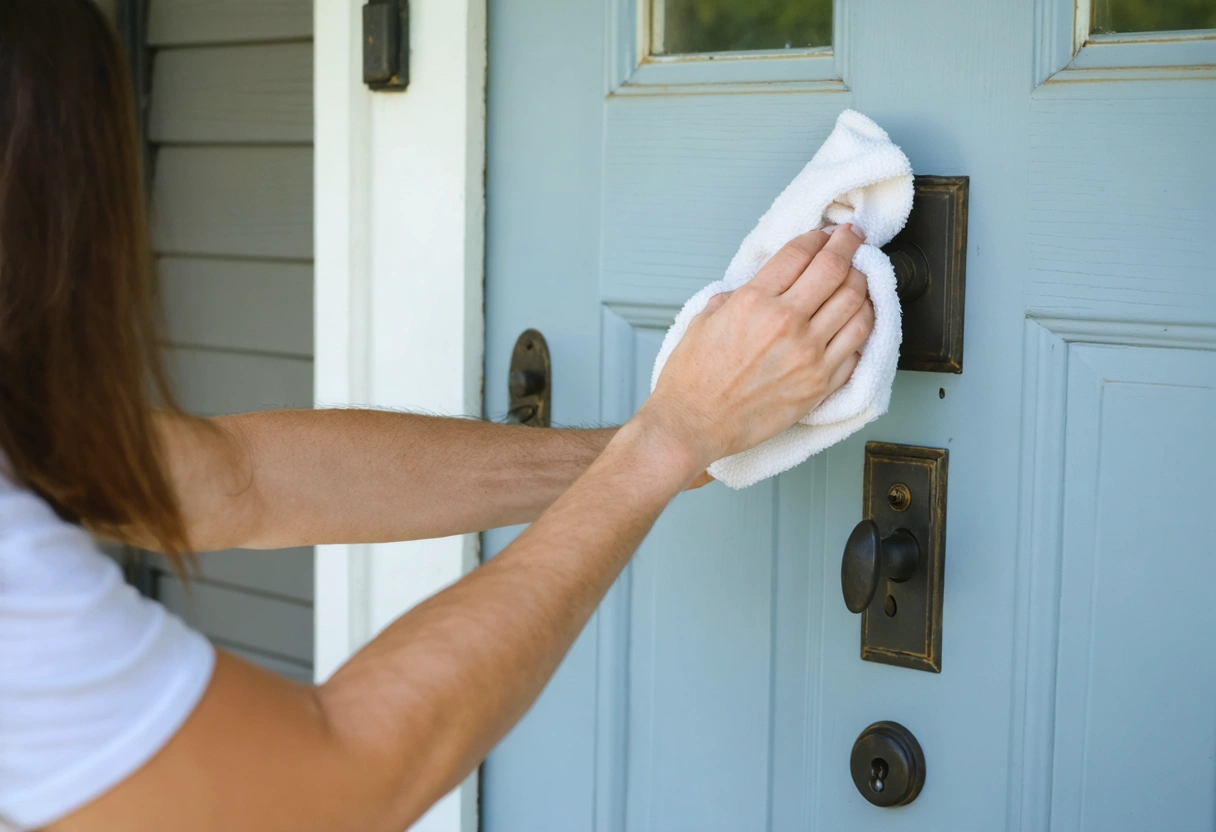
3. Weatherproofing and Protective Measures
Weatherproofing is essential for exterior locks exposed to the elements. Install weather-resistant lock covers or shield plates to deflect rain and humid air. Ensure that door seals and weatherstripping are intact to limit moisture ingress into the lock area.
For coastal areas with salt in the air, consider locks made from marine-grade stainless steel or those specifically rated for corrosion resistance. These materials are engineered to withstand harsh, wet environments for much longer periods.
4. Key Care in Humid Climates
Keys are often overlooked in maintenance routines, yet they are just as susceptible to humidity damage. Store spare keys in a dry, airtight container with silica gel packs to absorb excess moisture. Periodically clean and inspect all active keys for signs of rust or bending.
Avoid using wet or sweaty hands when handling keys, as this can transfer additional moisture and salts onto the metal.
5. Replace or Re-Key Damaged Locks Promptly
If you notice significant corrosion, pitting, or persistent sticking, it may be time to replace the lock or have it professionally re-keyed. Ignoring these issues can lead to lock failure, which poses a security risk. Consult with a professional locksmith for advice on the best replacement options for humid environments.
For further information, check out this comprehensive article on when to replace or repair a lock.
Advanced Troubleshooting for Humidity-Related Lock Problems
Even with regular maintenance, locks in humid climates may occasionally malfunction. Understanding how to troubleshoot these problems can save you time and money while preserving your home’s security.
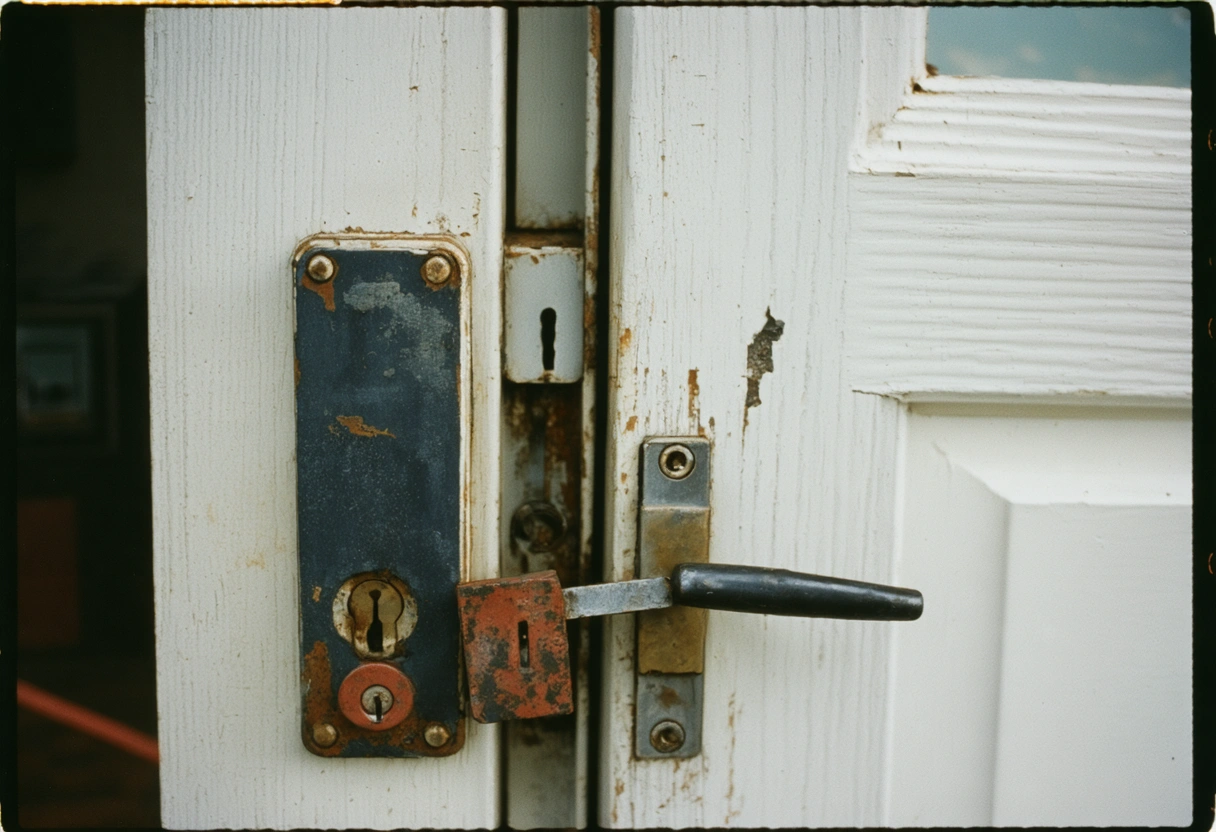
Diagnosing and Addressing Sticking Locks
A sticking lock is often the result of internal rust, dirt, or swelling due to absorbed moisture. Begin by cleaning and lubricating the lock as described above. If the key still does not turn smoothly, try gently tapping the lock body with a rubber mallet while turning the key to dislodge any debris.
If these measures fail, the lock cylinder may need to be disassembled and cleaned. This process can be intricate and is best performed by a qualified locksmith to avoid damaging delicate internal components.
Dealing with Broken or Jammed Keys
Humidity can weaken keys over time, making them more prone to bending or snapping inside the lock. Should this occur, refrain from using excessive force. Instead, use needle-nose pliers to gently extract the broken piece. If unsuccessful, a locksmith can employ specialized extraction tools.
To prevent key breakage, never use a key as a lever or tool, and always insert and turn gently. For more on preventing key issues, visit this helpful guide on how to fix a door lock.
Combatting Mold and Mildew in Lock Mechanisms
In persistently humid environments, mold and mildew can develop inside or around locks, especially in shaded or poorly ventilated areas. To combat this, regularly clean the lock exterior with a mixture of white vinegar and water, which is effective at killing mold spores. Ensure the area around the lock is kept dry and well-ventilated.
If mold has infiltrated the lock’s interior, professional disassembly and cleaning may be necessary. Also, consider installing a dehumidifier in entryways or storage areas prone to dampness.
Choosing the Right Locks for Humid Environments
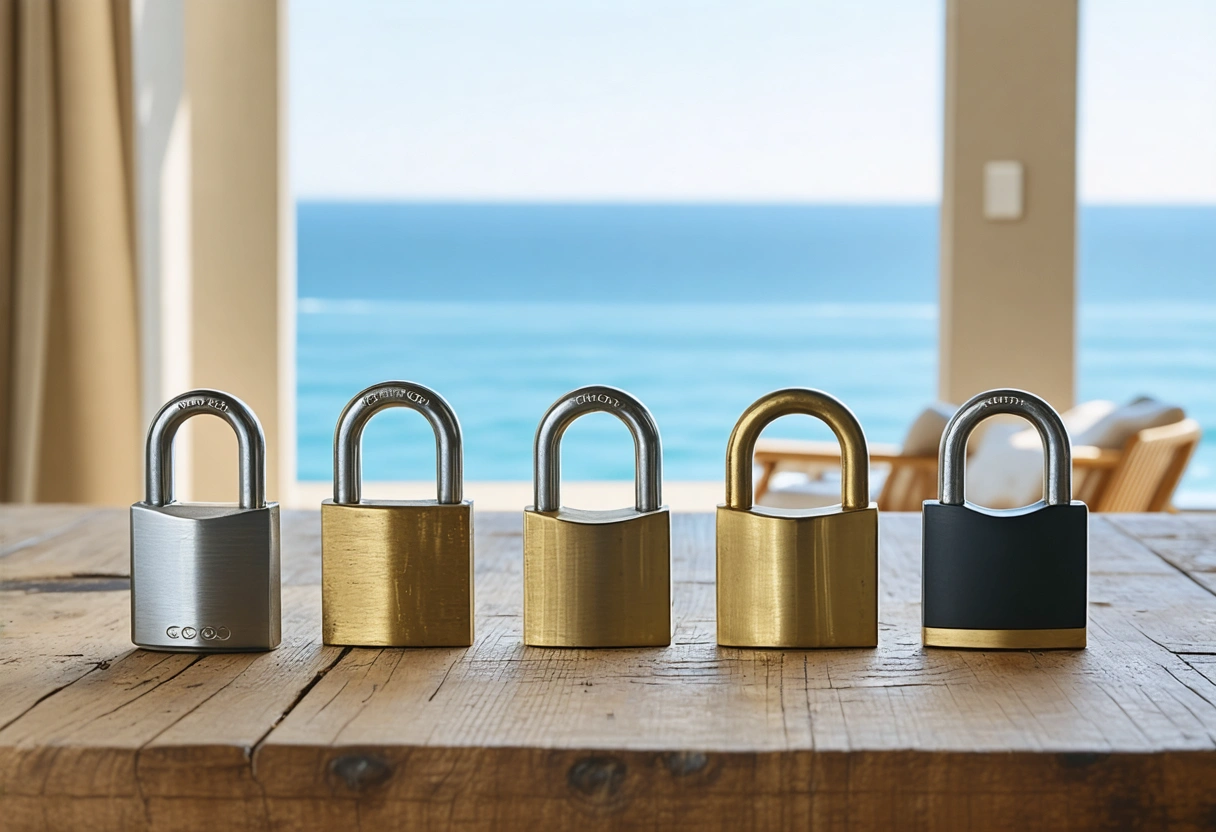
Selecting the appropriate lock type can greatly reduce the maintenance burden in humid areas. Modern lock technology offers several options specifically designed to resist moisture, corrosion, and weather-related wear.
Material Matters: Stainless Steel, Brass, and More
When shopping for new locks, prioritize materials like marine-grade stainless steel, solid brass, or specially coated alloys. These materials are less prone to rust and corrosion due to their inherent properties or protective coatings. Avoid low-grade steel or iron locks, as these can quickly degrade in moist conditions.
For a deeper look at the best lock materials for challenging climates, check out this extensive review of door lock options.
Smart Locks and Electronic Alternatives
Smart locks, which use electronic mechanisms rather than traditional pins and tumblers, can be more resistant to humidity-induced sticking and corrosion. Many are rated for outdoor use and come with weatherproof enclosures. However, it’s important to check the manufacturer’s specifications for humidity and water resistance ratings.
While smart locks offer convenience and security, they also require regular maintenance, such as battery checks and occasional cleaning, to function optimally in humid environments.
Seasonal and Long-Term Maintenance Schedules
Establishing a maintenance schedule tailored to your local climate is essential. In highly humid regions, it’s best to perform comprehensive checks at the change of each season, with quick touch-ups monthly or after major weather events.
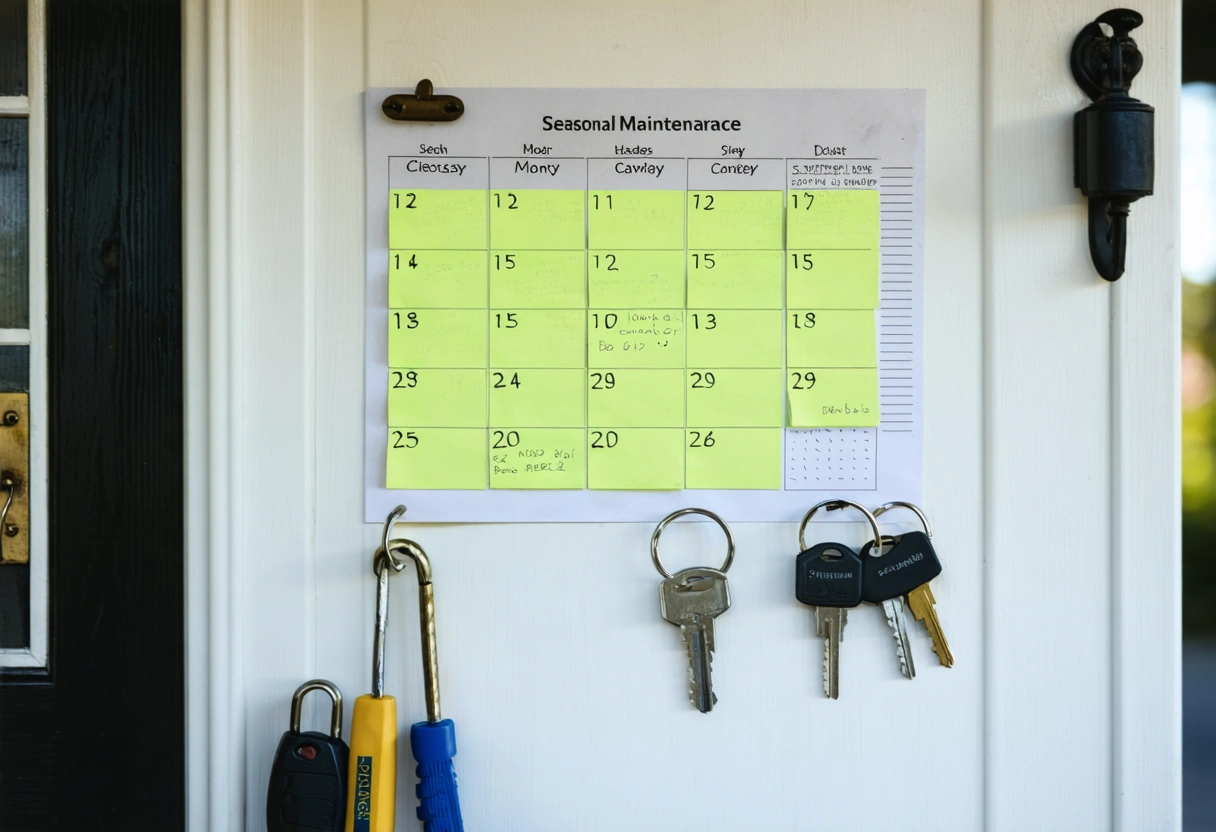
- Monthly: Wipe down all locks and keys, inspect for signs of corrosion, and apply lubricant as needed.
- Quarterly: Deep clean locks, check for mold or mildew, and test all locking mechanisms.
- Annually: Consider re-keying or replacing heavily used exterior locks, and review your home’s weatherproofing measures.
Keep a log of maintenance activities for each lock, noting any issues and the steps taken to resolve them. This proactive approach can extend the lifespan of your hardware and provide valuable information for future troubleshooting.
Professional Help: When to Call a Locksmith
While regular home maintenance can solve many humidity-related lock problems, some issues require a trained professional. If you encounter any of the following, it’s time to call a locksmith:
- Repeated lockouts or jammed locks despite cleaning and lubrication
- Broken keys or keys stuck inside the lock
- Extensive rust or corrosion compromising lock strength
- Malfunctioning smart locks or keyless entry systems
- Unusual sounds or resistance that does not resolve with maintenance
A qualified locksmith can not only repair or replace damaged locks but also advise on the best solutions for your specific humidity challenges. They may also recommend upgrades to more durable hardware or advanced locking systems.
Peace of Mind Through Proactive Lock & Key Care
Living in a humid environment doesn’t have to mean constant frustration with your home’s locks and keys. With regular maintenance, smart material choices, and an understanding of how moisture affects your hardware, you can keep your property secure and your locks functioning smoothly for years to come.
Remember to routinely clean, lubricate, and inspect your locks, address any signs of rust or mold immediately, and choose weather-resistant products where possible. For more information on overall home security, visit this comprehensive list of home security tips.
By following the guidelines in this essential guide, you can outsmart the challenges of humidity and ensure your locks and keys remain reliable, secure, and easy to use no matter what the climate brings.
Need help with An Essential Guide to Maintaining Your Home’s Locks and Keys in a Humid Environment?

